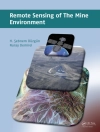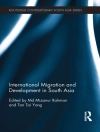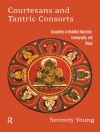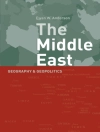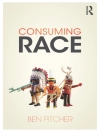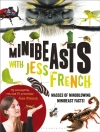History from below uncovers overlooked protagonists contributing to (inter)national endeavour often against considerable odds. Mrs T. Edward Bowdich then Mrs R. Lee (1791–1856) is indicative. When women allegedly cannot participate in early nineteenth-century scientific exploration, discovery and publication, Sarah’s multiple specialist contributions to French and British natural history have attracted no book-length study. This first appraisal of Sarah’s unbroken production of discipline-changing scientific work over three decades – in modern ichthyology, in historical geography of West Africa and in the next-generational dissemination of expert scientific knowledge – does more than fill this gap. The book also pivotally investigates the intercultural, interdisciplinary and multi-genre reach of Sarah’s pioneering perspectives and contributions, and how she could achieve her work independently in her own name(s) over three decades. Sarah’s larger significance is then to provide a very different narrative for women at work in expert nineteenth-century natural history-making. By everywhere challenging the secondary, minor and domestic frames for women’s contributions of the period, the pioneering perspectives of Sarah’s story also provide alternative paradigms to the ‘leaky-pipeline’ modelstill informing women’s careers and work in STEM(M) today.
Tabla de materias
‘Mrs Sarah’, 1824: Introduction to Standout Women in Comparative Natural History; Part One: Canvassing Cuvier, Chapter One: AFirst Natural History of the Fishes of West Africa in the Excursions dans les Isles de Madère et de Porto Santo (1826); Chapter Two: A First Natural History of Fishes Illustrated from the Life in The Fresh-Water Fishes of Great Britain (1828–38); Chapter Three: A First Scientific Biography ‘from a Woman’s Pen’: The Memoirs of Baron Cuvier (1833); Part Two: Harnessing Humboldt, Chapter Four: A First (Plant) Geography of the Gambia: Excursions in Madeira and Porto Santo (1825); Chapter Five: A Foremost (Woman) Explorer’s First-Hand ‘Notes’: Stories of Strange Lands and Fragments from the Notes of a Traveller (1835); Chapter Six: A Refit for Larger Scientific Purpose? Pioneering Natural History Fiction Abroad and at Home in The African Wanderers (1837); Part Three: Opening Access to Expert Natural History, Chapter Seven: Scientific Illustration Second to None: Doubly Expert Pen and Ink, and the Foremost Uses of (Water) Colour; Chapter Eight: Textbook Natural History: Elements of Natural History (1844; 1850) and New Paradigms for Science Pedagogy; Chapter Nine: ‘Just an Anecdote’? Pioneering Perspectives from the Life in Anecdotes of the Habits and Instincts of Animals (1852), Anecdotes of the Habits and Instincts of Birds, Reptiles and Fishes (1853) and Sir Thomas the Cornish Baronet (1856); Sarah Bowdich Lee and Pioneering Perspectives in Natural History: Lessons for Today; Appendices (1–9); Bibliography; Index
Sobre el autor
Mary Orr is the Buchanan Chair of French at the University of St Andrews. Her specialist research in nineteenth-century French studies connects its literatures, histories and cultures, and includesthe natural and earth sciences in their ambit.


